Vanilla JavaScript or plain JS means you write it without using a framework or library. You don’t use a framework like jQuery, Node or AngularJS to code. With Vanilla JS, you can accomplish the same thing without the framework. You can build a lot of things for the web with JavaScript. Knowing and understanding its core engineering principles help you to make better programming decisions and write better code.

If you know some JavaScript or feel that you depend on a framework or library too much, start learning JavaScript. You can get started by reading the You Don’t Know JS book series. While you are learning, you can use one or more of the resources below to help you learn JavaScript.
Plain JS
PlainJS is a collection of functions, plugins and code snippets. This resource is maintained by Pixabay.
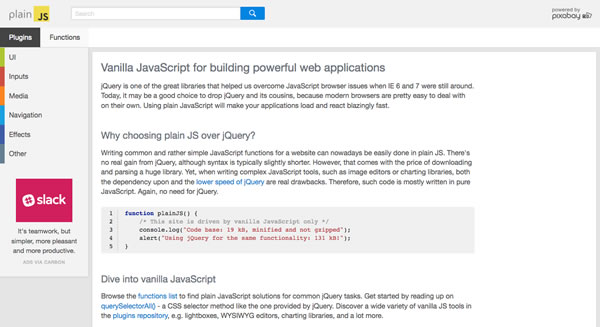
Vanilla JS Toolkit
A collection of JavaScript code snippets, functions, plugins and learning resources maintained by Chris Ferdinani. He creates paid resources like pocket guides and mini-courses to help you learn more in depth about JavaScript.
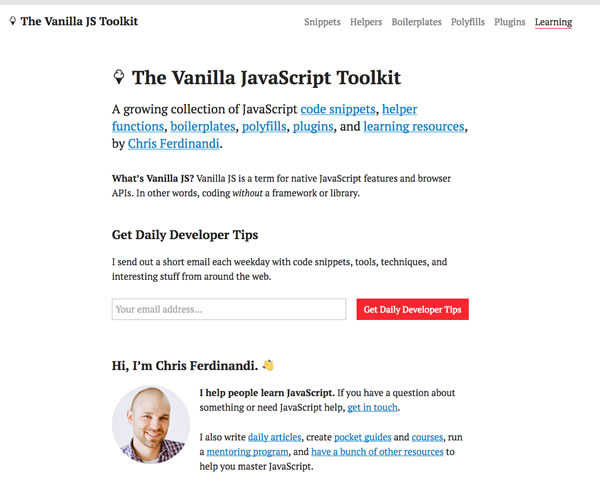
Must Watch JavaScript Talks
Must Watch JavaScript Talks is a collection of the best JavaScript talks. You’ll find talks on JavaScript, ES6, mobile apps, frameworks and more.
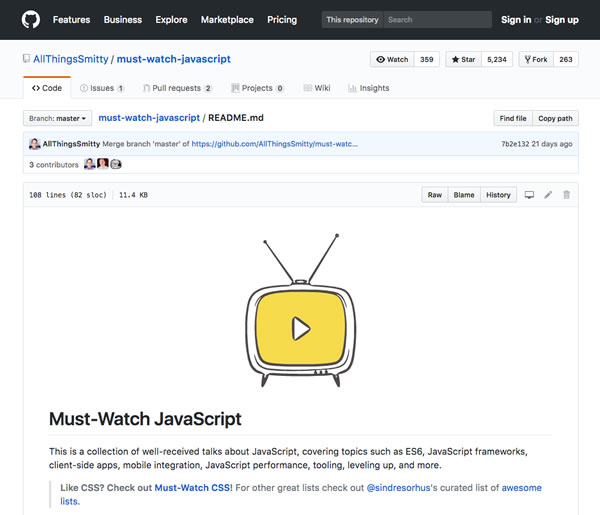
JS: The Right Way
A guide to help you learn JavaScript and its best practices. This guide contains a collection of tips and tricks from top developers.
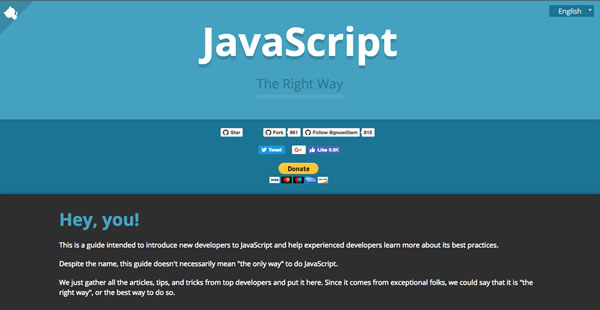
JavaScript 30
A 30 Day course on JavaScript. In this course, you will build 30 different things with JavaScript. Each day you get an email and a video explaining how to build the project for the day.
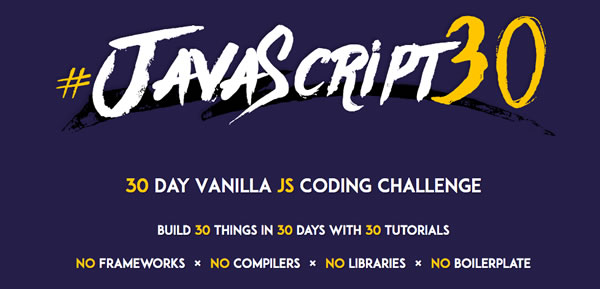
With these tools, you can learn how to write JavaScript without depending on a framework. Web development and JavaScript are constantly changing. These tools can help you to build coding skills that you can use whether or not you use a JS framework in your projects.

